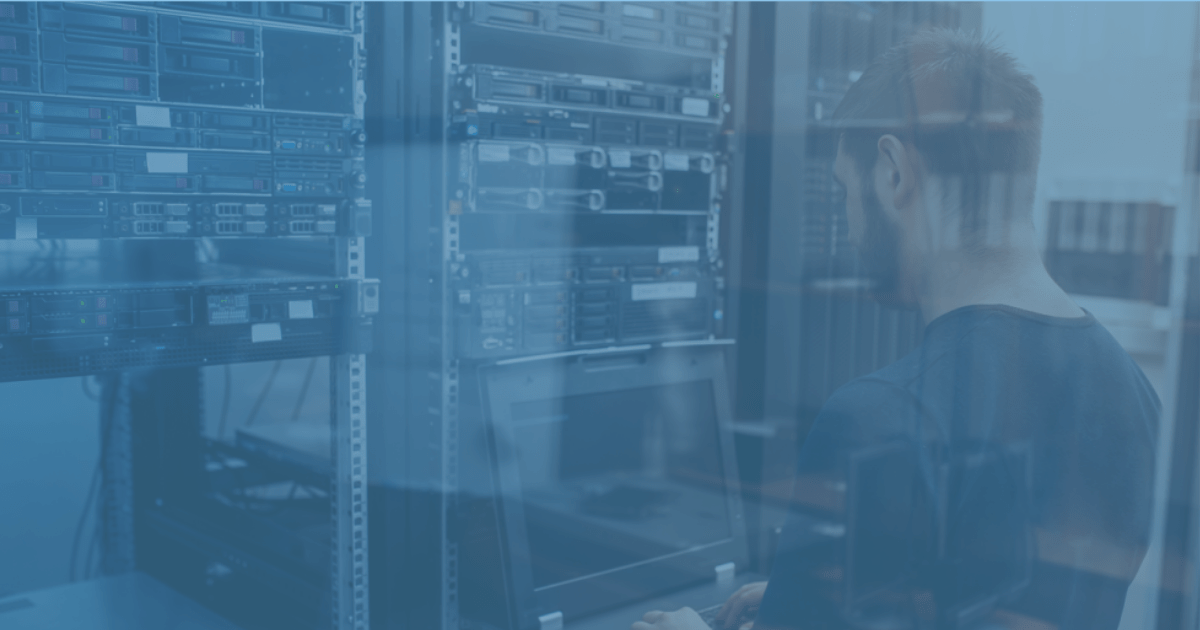Carrier Shakeups: What the FedEx Freight Spinoff Means for Shippers
FedEx Corp. is separating its LTL business, FedEx Freight, into a new publicly traded company. This development is already raising questions across...
3 min read
FreightPOP : Oct 4, 2021

The rise of cloud-based options has seen a lot of businesses shift from on-premise logistics software to cloud models, leading many to wonder which is best. Here we compare the options.
The fundamental difference between cloud-based Transportation Management Systems (TMS) and on-premise models is where the software resides. On-premise TMS software installs on your local servers, whereas cloud-based TMS software is hosted on a vendor’s server and accessed via your web browser.
The most significant benefit of on-premise TMS software is the control it gives to shippers over its resources and functionality. They also tend to be more resistant to cyber threats/attacks, although cyber threats can still impact them. That said, cloud-based TMS vendors dedicate substantial resources to ensure that customer data is protected from those risks and usually regularly back up data.
With on-premise TMS, you also don't have to rely on internet connectivity or external factors to access your software–although you still have to access your carriers via their online customer portals/websites. Since you host the software locally, your team controls the system's maintenance, which means you must:
For many firms, the cost of buying, supporting, and managing an on-premise transportation management system outweighs any benefits.
The value of a cloud-based TMS over on-premise solutions include:
New Guide: 8 Strategies to Build a Disruption-Proof Supply Chain
Drilling down into the considerable pros of a cloud-based option reveals the myriad of ways it can support your business and shipping needs. It can also reveal the types of things to highlight to management who make those decisions.
Developers of cloud-based TMS tend to design software to be used by professionals ranging in technical experience and skill levels. This typically means that cloud-based TMS has a better UI and is easier for staff to learn to use.
Cloud-based TMS software requires no infrastructure investment beyond employee computers and internet access. By investing in a cloud-based solution, firms do not need to spend valuable resources on internal infrastructure or pay high fees to rent server space. Risk-free, monthly subscription prices are typical of SaaS cloud shipping software.
Legacy TMS solutions are old-school. In fact, the latest iterations of on-premise TMS solutions often include updates that provide cloud functionality and make them compatible with the latest applications.
Arguably, one of the biggest pros of using a cloud-based TMS solution is its compatibility with the latest inventory and warehouse management systems. In a recent onboarding session of one of our new 3PL customers, the logistics manager remarked:
"Most competitors we found are not cloud-based so we cannot simply access the system with any browser. Most others require installation. We decided to go with a cloud-based system (FreightPOP) due to that and due to the WMS (Veracore) we use."
Yes! Finding the right cloud shipping software frees your IT team from the burden of managing an on-premise option and allows you to invest more time, money, and resources into fulfilling your core business strategies.
Want state-of-the-art integrations from your warehouse and ordering systems right into your shipping, tracking, and reporting? Don't miss any aspects that are important to your business. Download our LogiQuip case study and learn how we custom integrate your shipping processes to fit the needs of your business.

FedEx Corp. is separating its LTL business, FedEx Freight, into a new publicly traded company. This development is already raising questions across...

How have transportation management systems evolved? And how can you get the most out of a TMS without negatively impacting your established business...

We have compiled FreightPOP reviews for 2020 according to consumer review site Capterra. Learn what customers find the most valuable with our...